This article appears in the July/August (Vol 25/No 6) edition of Gilbert, the magazine of the Society of GK Chesterton. Please visit the society web site www.chesterton.org and subscribe or become a member!
He travels because of his ignorance; it is exactly in that that he shows his intelligence.
–GK Chesterton
“Wow. This place feels different than Rome.”
I was walking up the Via dei Montanini in Siena with my wife, son, and daughter-in-law, when she commented on how different the city felt from Rome. My son agreed that it looked totally different. She said it wasn’t just the look. It was a palpable feel. She was tuned into it, not just her eyes and ears and nose, but her skin, sensing something different in the air. While there is a complete dissertation on this topic either already written or waiting to be written and defended before a committee, that is merely interesting here. What is important, I think, to culture and its hold on society, is that these differences in atmosphere and feeling in a town or city are real and they can and ought to be discovered and discerned as to meaning that we can apply to our lives.
The first stop on our trip to Italy this past May was Rome. Already hot and already giving the early visitors a glimpse of the coming throngs of people this summer, the city was eager to practice on us for the coming test of the post-Covid crowds. Restaurants were at near capacity but not full with lines waiting outside. Wi-fi passwords were available nearly everywhere but only after asking. Public toilets were available and clean with the attendants ensuring the coins were paid prior to entry. They were, mercifully, clean. Taxis were plentiful and most drivers enforced the country’s mask mandates as taxis are considered like trains and buses, public transportation. You could walk through some churches without a mask, but the large pilgrimage churches all had attendants ensuring masking. Even the small churches enforced masking at Masses.
But what does any of that have anything to do with the feel of the city and the reasons people visit there? Well, it is a matter of necessity to mention. A layer of reality to be dealt with up front rather than continually sighing over and rolling eyes at once there. As restrictions ease this summer, the requirements for proving vaccination status to enter Europe and testing requirements to return to the US have been dropped. But carry a mask with you as a matter of course. Perhaps you won’t have to wear it the whole trip. But if you are asked to put one on, better to have one on hand than to miss a Caravaggio or the Holy Stairs.
Now, back to feel. Rome often feels like an open air museum. The city is built up layer upon layer of landfill created by successive emperors razing their predecessor’s monuments and building their own on top. The Teatro di Pompeo was a massive arena that sat 23,000 people. Today you can eat a delicious, albeit pricey, meal at Costanzo’s (shown here) which, on the bottom level of its present building displays magnificent original architecture from the upper levels of the 4th century theater. Yes, the city at that location is 40 feet higher today than it was then, making what Chesterton said literally true: It is certainly sound ancient history to say that Italy was something added to Rome.
This fact of the city being largely built on fill has a lot to do with feel in Rome. You’re walking through buildings on streets, some narrow and winding, some wide and very congested with cars and Vespas, few of which are remotely considered old by Roman standards. New buildings built since the end of WWII sit adjacent old churches dating from the first millennium of Christendom.
Even the oldest churches are usually built atop older original homes. To visit the streets of the first century, you can take the Scavi tour beneath St Peter’s Basilica to walk on a glass platform above the original narrow street and see the original wooden lintels above the doors.
So much of your visit in Rome is moving from outside to inside and back out again. From blinding light to shadows to blinding light. From heat to cool to heat again. To see the excavations that are going on everywhere in the city you are outside watching the practice of archaeology ongoing in real time. That is fascinating to most people. To see the names carved into stone nearly 2 millennia ago of martyrs whose remains are below in the crypt instantly brings clarity of the truth that someone documented that. Seeing the stone monuments of martyrs along walls in a colonnade and touching them and their inscriptions is a reality not shareable through a tale.
Rome’s piazzas are crowded, filled with sculpture, like the Berninis in the Piazza Navona. They’re filled with merchants peddling tourist trinkets. It feels appropriate for them to be there. Some tourists have heard about and seek out the Caravaggios in San Luigi dei Francesi and the breathtaking ceiling in San Ignazio. No need to pay for museums when these are available unless you genuinely desire to see something specific in those museums.
Then when you step off the bus or train in Siena, the difference in feel hits you. The city is not as old as Rome. While there was a small Roman military outpost there, it was between the 9th and 11th centuries that the city became important as a stopping point for pilgrims on their way to Rome and the Holy Land. While Rome was built, torn down and rebuilt in layers over time, Siena looks today much like it did 500-700 years ago. And while Romans accept that there is history in their layers, and that they’re creating new layers today, the Sienese value what is there and work to preserve that. That difference itself largely contributes to the feel.
Whereas Rome is broad and spread over a large area, Siena is far more compact. Rome has spread far beyond and between its Seven Hills. Siena is built on 3 hills largely connected by a ridge line. In Rome a visitor often fears being run over by a car or Vespa. Siena has few cars on the streets and walkers stroll at leisure and can pay attention to their ancient surroundings rather than modern cars. As old as Rome is, it is difficult to feel that age when looking at new buildings and wide crowded streets. Siena feels old because the buildings are old. The B&B we stayed in is in a building that was built in 1400. The original beams in our ceiling hold up the floor above. That feels old.
Rome has some neighborhoods by default on the map. Siena has a deep and strong tradition of affiliation for one’s contrada, or neighborhood. You only have too look up from the cobblestones to see the flags flying on each building to know what contrada you’re in. You can see the people of the rival contrade not only cheering on their horse and rider in the annual Palio horse race in the Piazza di Campo, but assaulting their own riders if they do poorly.
So yes, there is a different feel from place to place. Florence is different from both Rome and Siena. It has a core of old buildings and narrow streets, like Siena does. It has a sprawling city beyond the core center like Rome does. Once you leave the old center, the city could be any generic European city. Like Siena, Florence has some neighborhoods on hills outside the center, but unlike Siena, tourists just don’t go there. That’s not why tourists go to Florence. They go to see the Uffizi, the Medici Library, the Duomo and the Ponte Vecchio. They go in large tour groups. They stay in a number of tourist hotels in the center. And that means crowding on a Disneyland scale. So a different feel.
These feels are tangible for the tourists as well as for local residents. The locals know and will readily discuss them if they are asked. What they take for granted and understand deeply, they are amused that outsiders recognize. The Palestinian spice and dry goods merchant that Genovese take for granted does not exist in Florence any more than do fresh anchovies. That cosmopolitan vibe is thick in the air of Genoa just like the ancient vibe of Siena and just like the tourist vibe in Florence.
Importantly, the fact that a city has a particular feel doesn’t make it good or bad. It can be more or less welcoming based on a person’s preferences. Some people are not comfortable in cosmopolitan settings and some are less comfortable in ancient homogeneous towns. Much the same can be said for any country. James Fallows once said that Fresno was the Erie (PA) of the west and that Erie was the Fresno of the east. Despite the distance and population differences, these cities were far more alike in social culture and feel than their own state’s neighbors.
Ultimately, noticing the feel of a city is good. What you do with that knowledge is important. Can you start recognizing the differences in feel in the cities you visit in your own state and country. Is there anything you can do on your own local level, whether as an individual, or through your local planning and zoning commission, to move the needle on your community’s feel? They can change or they can stay the same, but ultimately you’re part of it. Make it feel great.

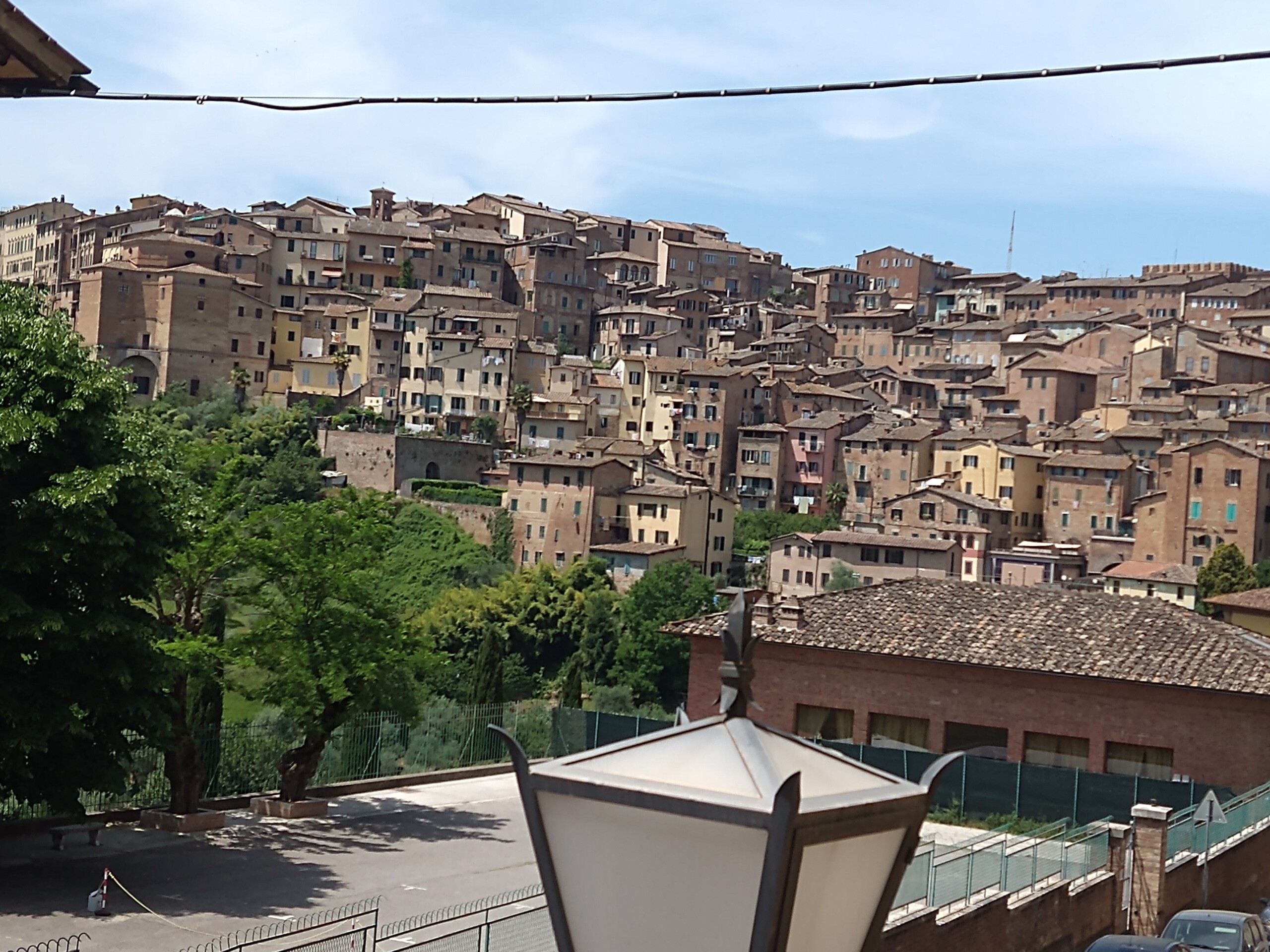

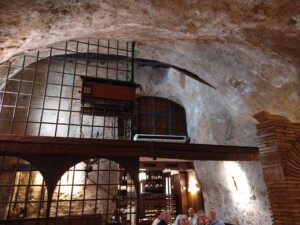
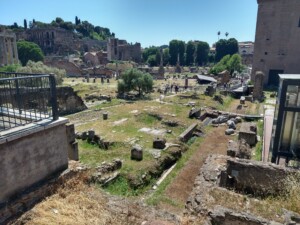

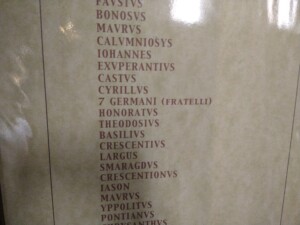
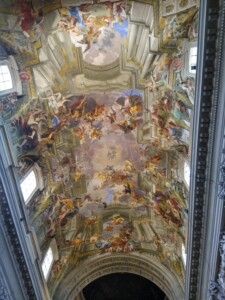
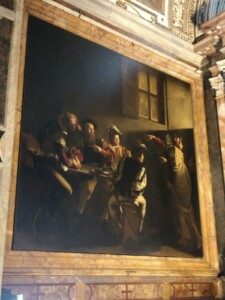

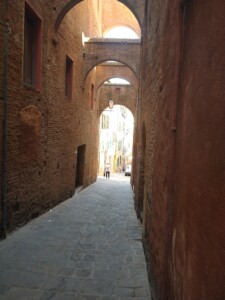
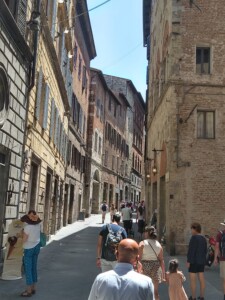
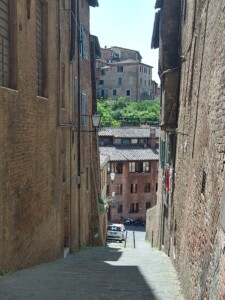



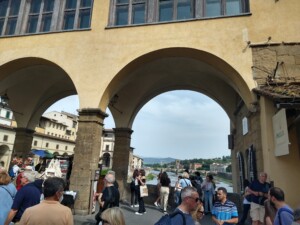
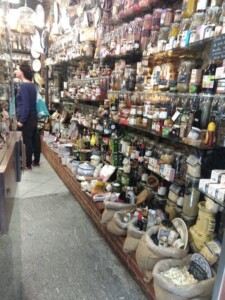
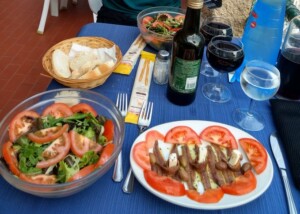



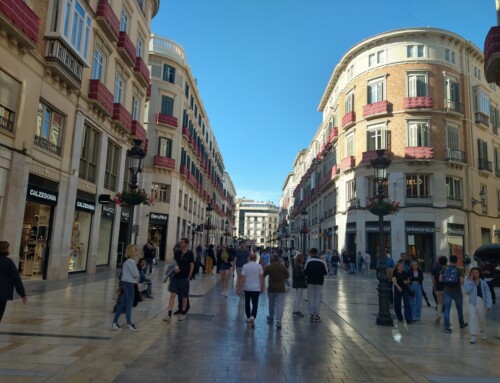

Leave A Comment